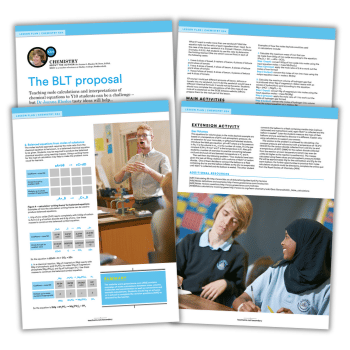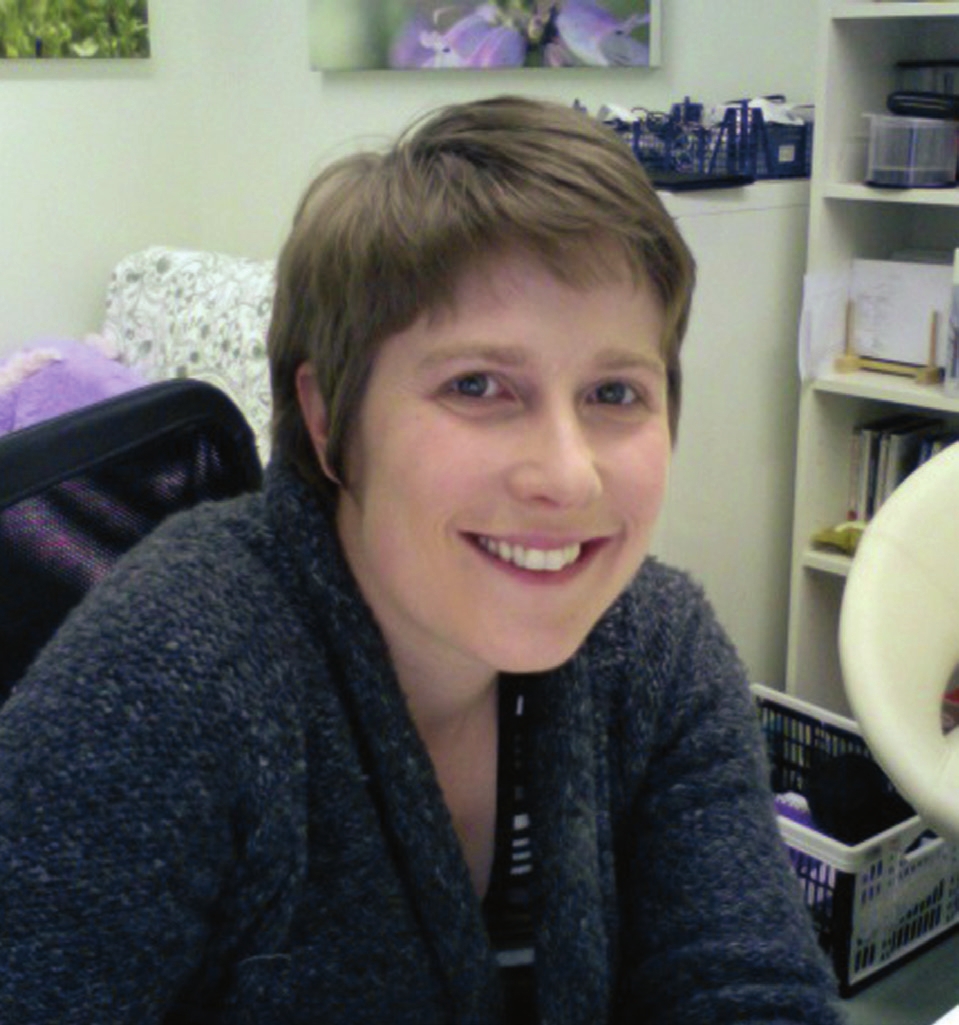Teaching mole calculations and interpretations of chemical equations to Y10 GCSE chemistry students can be a challenge – but Dr Joanna Rhodes’ tasty ideas will help…
This technical lesson provides strategies, hooks and ideas to introduce students to the main areas of quantitative chemistry.
The main aim is to support different learning styles that are appropriate to Year 10 students by drawing on other curriculum areas. This includes food technology, computer science and maths. Students will also need to use their visual and spatial awareness skills.
The strategies we typically use to teach moles, equations, concentration, volume, reacting masses, limiting reagents and yield to Year 12 can be difficult to apply successfully to Year 10 GCSE chemistry students.
This unit is definitely one of the most challenging you teach at KS4 – but with some new ideas and strategies it can still engage and interest all students while preparing the most able with a superb grounding to progress onto A-level chemistry.
KS4 students need a more visual approach that helps them to see the bigger picture of what the different calculations involving moles are trying to achieve.
Using strategies from elsewhere in the curriculum including computational analogies, food and recipes and writing frames, this lesson aims to give you ideas to crack the challenge of quantitative chemistry in your classroom.
Starter activity
If I make a bacon lettuce and tomato sandwich then the mass of the sandwich is equal to the mass of all the ingredients that went into it. The sandwich cannot weigh more or less than the combined mass of the ingredients separately.
So if the total mass of 2 slices of bread, 3 rashers of bacon, 3 lettuce leaves and 2 slices of tomato is 250g, then the sandwich will also weigh 250g.
This is the principal of the conservation of mass in chemical equations. Now let’s try giving each ingredient a ‘chemical symbol’ so we can see how a chemical equation is put together.
Why not try to create more chemical ‘menus’ of your own that students can use to create their own food equations, or ask students to come up with the food equation for their favourite sandwich or meal?
Dr Joanna L. Rhodes M.Chem, D.Phil, MRSC is a teacher of science at Shelley College, Huddersfield.











